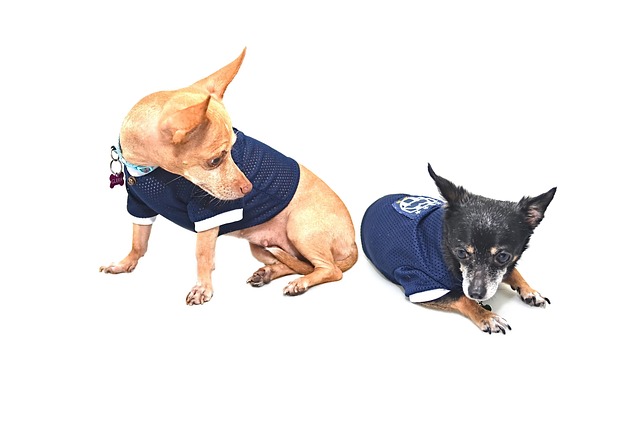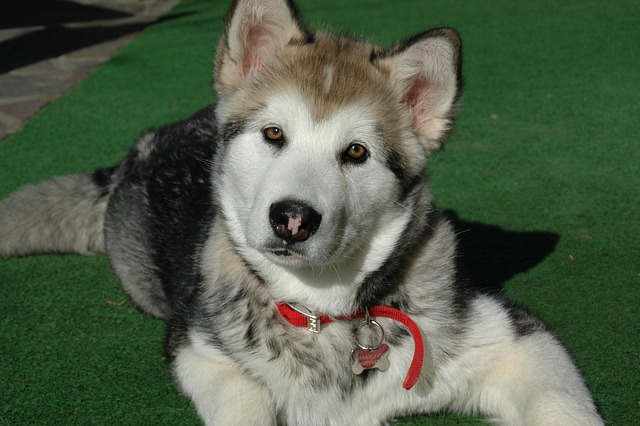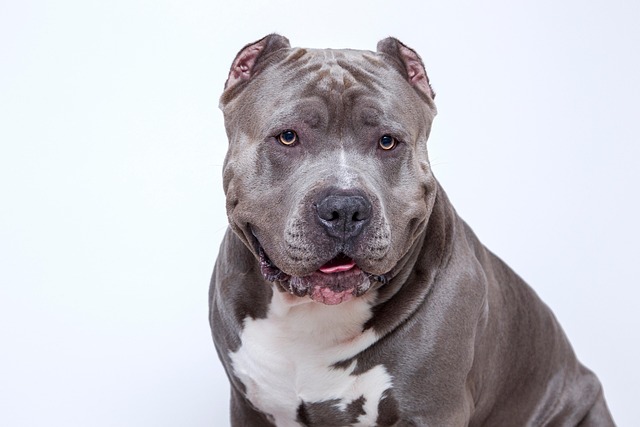
How long does it take for a dog to adjust to new food?
Dogs, like humans, have sensitive digestive systems that need time to adapt to changes in their diet.
When we stroke a dog, we find that its originally smooth hair hides red and swollen skin, or we see it scratching and rubbing against the wall because of itching, and our inner worries and distress will surge like a tide. For dogs with skin problems, bathing is a vital part of daily care, but the frequency of bathing has become a problem that troubles many owners. Bathing too frequently may damage the skin barrier and aggravate the condition; bathing too little, dirt and bacteria will continue to irritate the skin. Finding the right bathing frequency is not only the application of professional maintenance knowledge, but also the embodiment of our deep care for our fur children. We are eager to use the most appropriate way to help them relieve discomfort and recover health as soon as possible.
The skin structure of dogs is different from that of humans. Their skin is relatively thin, and the secretion of natural oils is limited. These oils play a role in protecting, moisturizing and resisting the invasion of external bacteria and fungi. When dogs have skin problems, whether caused by bacteria, fungi, mites, or allergies and endocrine disorders, the barrier function of the skin will be damaged to varying degrees. At this time, the purpose of bathing is to clean the dirt, excess oil, bacteria and allergens on the skin surface, and to help the medicine work better. However, improper bathing frequency and method will make the already fragile skin worse.
For dogs with skin problems caused by bacterial or fungal infections, the bathing frequency usually needs to be relatively high. Such infections often cause a large amount of secretions, dandruff and bacterial metabolites on the skin surface. Frequent cleaning helps reduce the breeding environment for bacteria and fungi. In the more serious stage of the disease, the veterinarian may recommend bathing 2-3 times a week. Use a medicinal shampoo specifically for bacteria or fungi. This type of shampoo contains active ingredients such as chlorhexidine and chlorhexidine, which can inhibit the growth and reproduction of pathogens. Every time you bathe, make sure that the shampoo is fully rubbed on the dog's skin and hair, especially the affected area, and stay for 5-10 minutes to allow the drug ingredients to fully work, and then rinse thoroughly with warm water to avoid shampoo residues from irritating the skin.

If the dog's skin problems are caused by mites, such as scabies and demodex, the bathing frequency also needs to be adjusted according to the condition. In the early stages of treatment, in order to cooperate with drug treatment, it may also be necessary to bathe 2-3 times a week. In addition to using medicated shampoo, you can also add an appropriate amount of anti-mite agent to the bath water, but you must strictly follow the veterinarian's instructions to control the concentration to prevent the drug from irritating the skin. As the condition gradually improves, the bathing frequency can be appropriately reduced to 1-2 times a week until the skin recovers and then adjusted to the normal bathing frequency. Every time we bathe the dog, it is our effort to fight the disease. We carefully operate every step just to give it the best care.
For dogs with skin allergies, the focus of bathing is to remove allergens attached to the hair and skin, such as pollen, dust mites, etc. In the high-incidence season of allergies, even if the dog's skin condition looks okay, it is recommended to increase the bathing frequency appropriately to 1-2 times a week. Use mild, non-irritating hypoallergenic shampoo. This type of shampoo does not contain chemical ingredients that may cause allergies and can protect the skin while cleaning. When bathing, rinse the dog's entire body gently with warm water, and avoid rubbing hard to prevent aggravating skin itching and redness. During this process, the dog may become irritable and restless due to skin discomfort. We will soothe it gently and use gentle actions to make it feel at ease, hoping to alleviate its pain through these subtle actions.
For dogs with skin problems caused by non-infectious factors such as endocrine disorders, the bathing frequency should not be too high. The skin problems of this type of dog are mainly caused by hormone imbalance in the body. Excessive bathing will further destroy the oil balance of the skin and aggravate symptoms such as dryness and desquamation. It is generally recommended to bathe once every 2-3 weeks and use moisturizing shampoo to help replenish skin moisture and relieve dryness. After bathing, dry the dog's body with a dry towel in time, and use a hair dryer to thoroughly dry the hair at a low temperature to avoid bacteria breeding in a humid environment.
In addition to determining the bathing frequency based on the cause of the disease, the dog's skin recovery is also an important basis for adjusting the bathing frequency. During the treatment process, the owner should closely observe the changes in the dog's skin, such as whether the redness and swelling subside, whether the dandruff is reduced, and whether the itching is relieved. If the skin condition gradually improves, you can gradually reduce the bathing frequency under the guidance of the veterinarian; if the condition recurs or does not improve significantly, you need to communicate with the veterinarian in time to re-evaluate the bathing frequency and treatment plan.
Bathing dogs with skin problems requires a good frequency control. This process is full of challenges, and we need to pay attention to the dog's condition at all times and make flexible adjustments based on professional advice. Every bath is a reflection of our love and responsibility for the dog.

Dogs, like humans, have sensitive digestive systems that need time to adapt to changes in their diet.

What is a good moisturizer for a dog's skin? It’s a frosty morning in Michigan, and you’re petting your 2-year-old border collie, Jax, when your hand catches on something rough.

Sudden refusal to chow down can set any dog owner’s mind racing. Maybe it started with turning up their nose at breakfast, then skipping dinner—now you’re left staring at a full bowl, wondering what’s wrong.

Three-month-old Teddy puppies have tiny tummies but growing energy needs, so portion control matters more than you might think.

What kills fleas immediately on dogs? It’s a sticky June evening in California, and you’re cuddling your 10-month-old spaniel, Ruby, when she starts gnawing at her hind leg like it’s a chew toy.

Many dog owners reach for their own toothpaste when it’s time to clean their pup’s teeth, thinking it’s a quick solution. But that tube of minty gel in your bathroom might not be safe for your furry friend.